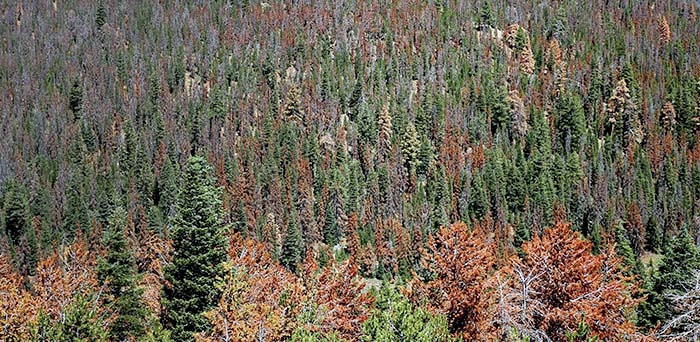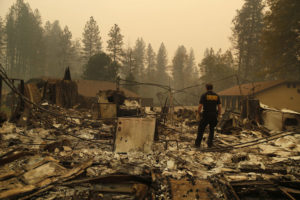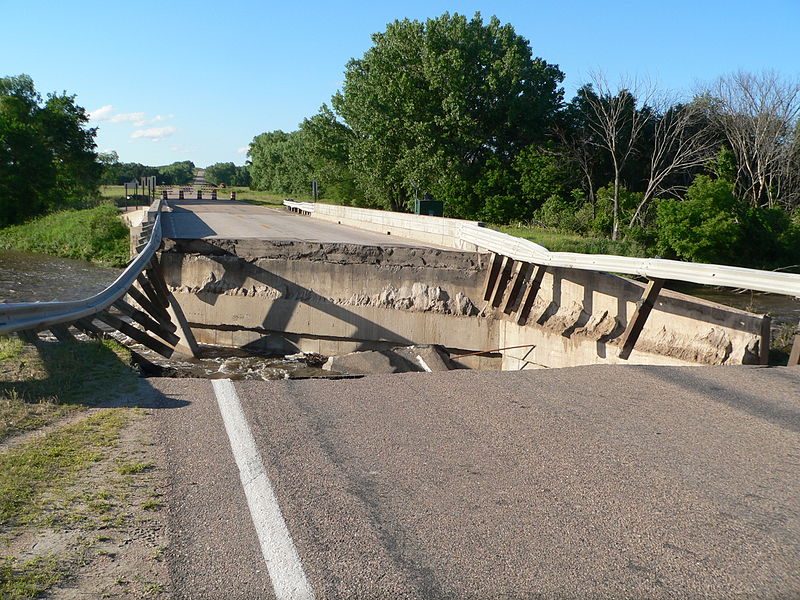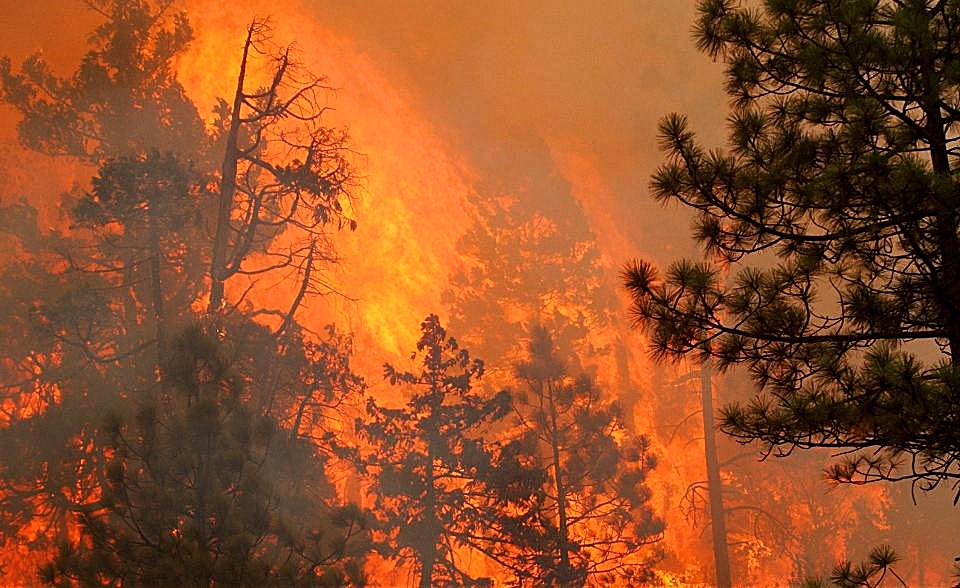The USFS says since 1994, bark beetles have wiped out over four million acres in the southern Rockies. The trees turn red, then brown, then become fuel for catastrophic fires.
Better Wait for a Real Crisis
 Rob Reiner’s first comedy classic as a director, 1984’s “The Sure Thing,” is a saga of everything that can possibly go wrong for two students falling in love on a cross-country road trip. The ride they arranged from a bulletin board abandons them in the middle of nowhere, and after several failed hitch-hiking attempts, they find themselves tired, hungry, completely broke, and drenched by a sudden cloudburst. They seek shelter in an old shed, only to discover that it has no roof. Just when all hope seems lost, she remembers that she has a credit card, and they begin to celebrate. Their joy is cut short when she says, “Wait, my Dad told me specifically I can only use it in an emergency.” John Cusack’s character sarcastically deadpans to her, “Well maybe one will come up.”
Rob Reiner’s first comedy classic as a director, 1984’s “The Sure Thing,” is a saga of everything that can possibly go wrong for two students falling in love on a cross-country road trip. The ride they arranged from a bulletin board abandons them in the middle of nowhere, and after several failed hitch-hiking attempts, they find themselves tired, hungry, completely broke, and drenched by a sudden cloudburst. They seek shelter in an old shed, only to discover that it has no roof. Just when all hope seems lost, she remembers that she has a credit card, and they begin to celebrate. Their joy is cut short when she says, “Wait, my Dad told me specifically I can only use it in an emergency.” John Cusack’s character sarcastically deadpans to her, “Well maybe one will come up.”
This week, several new reports about America’s dying forests left me wondering if any crisis will ever be enough for Congress and the U.S. Forest Service (USFS) to do something decisive.
The Chief of the USFS now officially estimates that 80 million acres of national forests are at risk of catastrophic fires – in addition to the 100 million acres already burned over the last 20 years – and says the agency is not treating these public lands fast enough. “We’re not reducing the risk,” she said, “America’s forests are in crisis.”
She and her boss, former Colorado State Forester Jim Hubbard, who now oversees the Forest Service as Undersecretary of Agriculture, are working to reverse a long-term, systemic, cultural opposition to active management within the USFS. They have increased timber sales to thin overgrown forests and remove dead trees. But funding is always short because of the burgeoning cost of forest fire suppression – which is so high precisely because of the neglect of forest management that causes the fires – and by the absurdity of a bureaucratic process that has hindered progress for decades.
California’s worst fire season in history caused $12 billion in damages. One fire killed 85 people and destroyed 19,000 buildings.
The recent devastation, loss of life, and destruction of property in California has clearly shown the result of forest mismanagement. One fire killed 85 people. In Colorado, we have seen the problem firsthand. A new study last month, documenting the impacts of beetle-killed and burned forests on wildlife, should be a wake-up call. The USFS says since 1994, bark beetles have wiped out over four million acres in the southern Rockies. The trees turn red, then brown, then become fuel for catastrophic fires. These forests were mostly single-age trees, stressed by warmer temperatures, drought, and especially overgrowth, so they could not withstand the beetle infestation that killed vast swaths of once-healthy forests.Even the mismanagement deniers, those who instead insist that global warming caused it, are worried. That’s because trees are nature’s best defense against carbon dioxide. An analysis by American Forests finds that Colorado forests have emitted more carbon dioxide than they have absorbed, for nearly 30 years. In fact, Colorado, Wyoming, Utah, Nevada, Montana and Arizona have all “flipped over from a solution to actually part of the problem.” Put simply, dead trees do not absorb carbon dioxide, they release it. Obama-era USFS climate advisor David Cleaves claims the “social cost” of carbon emissions is between $125 billion and $1.5 trillion, including things like property damage from weather phenomena, reduced agricultural yields from drought, and the cost of health problems like respiratory disease. Speculation, but even Cleaves says the answer is healthier forests. He says restoring forest health is as important in fighting global warming as economic proposals like carbon taxes.
So, can both sides now agree on the need for active forest management? Rep. Bruce Westerman (R-AR), Congress’s only forester, proposes a “Resilient Federal Forests Act” to streamline the bureaucratic process, and give the USFS “immediate tools to increase the pace, scale and cost efficiency of forest management.” It would allow immediate mitigation for insects and disease, to prevent damage to municipal watersheds, and quickly harvest burned trees to finance reforestation. And it would limit delaying lawsuits by environmental industry groups.
Can both sides now support such reforms, to jump-start active forest management? No. The House Natural Resources Committee Chairman won’t even schedule a hearing, the issue is so mired in partisanship. One side is accused of denying the role of hotter weather caused by climate change; the other side is accused of denying that mismanagement is mostly to blame. So Congress and USFS continue to fiddle while the forests burn.
The “tools” needed to restore healthy forests are well-known and readily available. But wait, they are only for emergencies. Maybe one will come up.
This column first appeared in the Grand Junction Daily Sentinel May 31, 2019.
See more from Greg Walcher here
Free Range Report
Thank you for reading our latest report, but before you go…
Our loyalty is to the truth and to YOU, our readers!
We respect your reading experience, and have refrained from putting up a paywall and obnoxious advertisements, which means that we get by on small donations from people like you. We’re not asking for much, but any amount that you can give goes a long way to securing a better future for the people who make America great.
[paypal_donation_button]
For as little as $1 you can support Free Range Report, and it takes only a moment.




